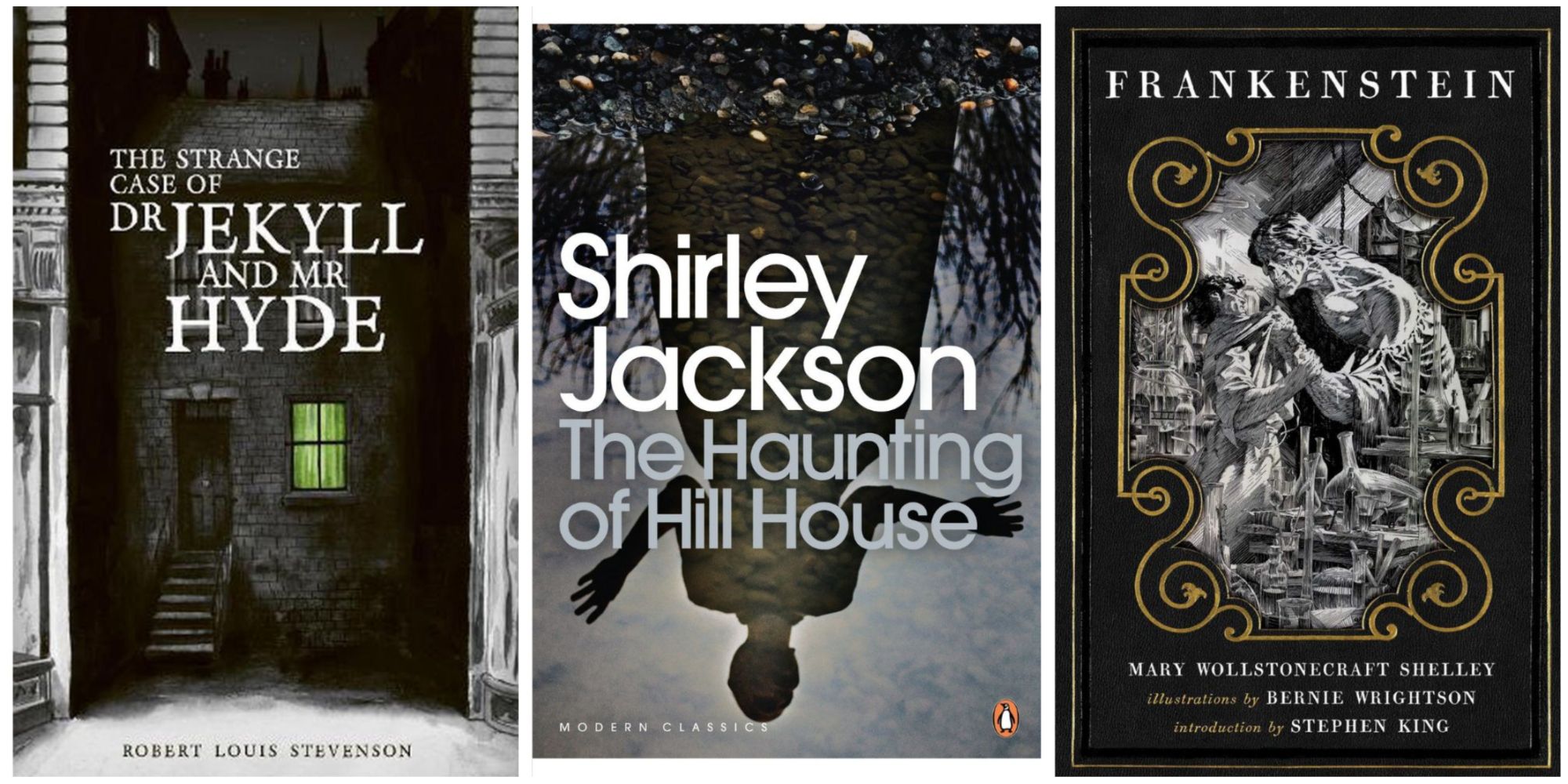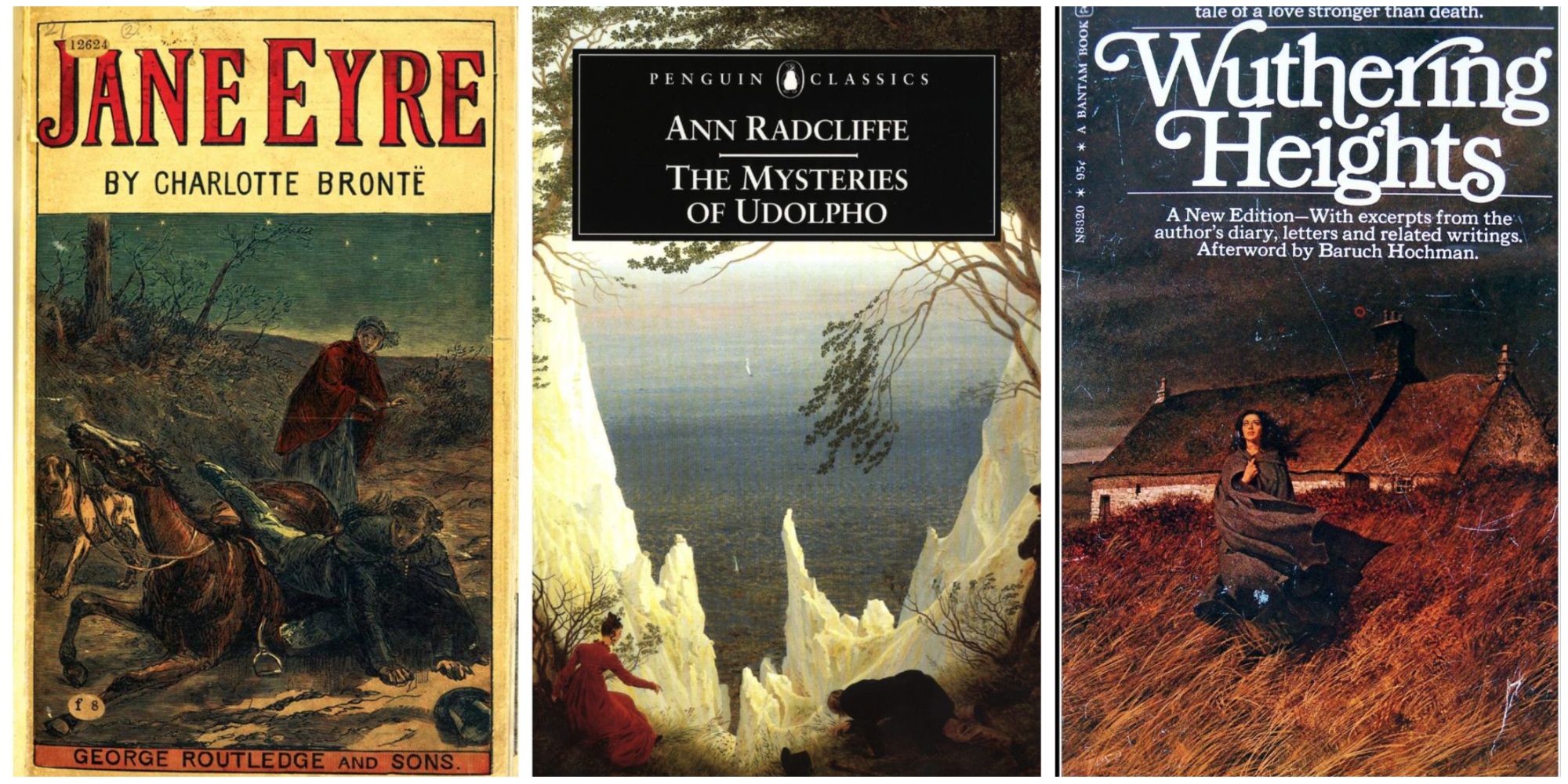Secrets of the Shadows: The Dark Truth Behind Gothic Tales
Gothic literature has long captivated readers with its dark and mysterious tales of haunted castles, sinister villains, and tormented protagonists. From the works of Edgar Allan Poe to Mary Shelley’s Frankenstein, these stories have left a lasting impact on the literary world. But what lies beneath the surface of these famous Gothic novels? What are the dark truths that inspired these chilling tales?
One of the most iconic Gothic novels is Bram Stoker’s Dracula. While many readers are familiar with the story of the vampire count and his quest for eternal life, few may know that Stoker drew inspiration from real-life events. The character of Dracula was actually based on the 15th-century Romanian prince Vlad the Impaler, who was known for his brutal methods of execution. Stoker’s novel also explores themes of colonialism and xenophobia, reflecting the fears and anxieties of Victorian society.
Another classic Gothic tale is Charlotte Brontë’s Jane Eyre. The novel tells the story of a young orphan who falls in love with her enigmatic employer, Mr. RoChester, only to discover the dark secrets of his past. Brontë’s own life experiences heavily influenced the story, as she drew upon her feelings of isolation and longing for love. Jane Eyre challenges traditional gender roles and explores themes of madness and repression, making it a pioneering work of feminist literature.
Mary Shelley’s Frankenstein is another seminal Gothic novel that delves into the darker aspects of human nature. The story of Victor Frankenstein and his creation has become a cautionary tale about the dangers of playing god and the consequences of unchecked ambition. Shelley wrote the novel in response to the scientific advancements of her time, raising questions about ethics and morality that are still relevant today.

Image Source: aprilataylor.net
In Emily Brontë’s Wuthering Heights, readers are introduced to the tempestuous relationship between Heathcliff and Catherine Earnshaw. The novel explores themes of revenge, love, and redemption, set against the backdrop of the wild Yorkshire moors. Brontë’s vivid descriptions of the landscape and the characters’ tumultuous emotions create a haunting and atmospheric tale that has captivated readers for generations.
The Gothic genre is known for its exploration of the supernatural and the macabre, but it also delves into deeper psychological themes. Authors like Edgar Allan Poe and H.P. Lovecraft used Gothic elements to explore the darker corners of the human mind, creating stories that continue to terrify and intrigue readers to this day.
In conclusion, the dark truths behind famous Gothic novels reveal the complex and often disturbing nature of human existence. These stories delve into the depths of human emotion and explore the darker aspects of society, challenging readers to confront their own fears and desires. The Gothic genre continues to captivate audiences with its haunting tales of mystery and suspense, reminding us of the enduring power of storytelling.
Unmasking the Mysteries: Real Stories of Famous Gothic Novels
Gothic novels have long been a staple in literature, captivating readers with their dark and mysterious tales. From haunted castles to forbidden romances, these stories have a way of drawing us in and keeping us on the edge of our seats. But have you ever stopped to wonder about the real stories behind these famous Gothic novels? The truth behind the tales may surprise you.
One of the most well-known Gothic novels is Mary Shelley’s Frankenstein. This iconic story of a scientist who creates a monster has been a favorite for generations. But what many people don’t realize is that Shelley’s inspiration for the novel came from a real-life event. While on a trip to Geneva, Switzerland, Shelley and her husband, Percy Bysshe Shelley, visited the Villa Diodati, where they spent an evening telling ghost stories with Lord Byron and John Polidori. It was during this fateful night that the idea for Frankenstein was born.

Image Source: gamerantimages.com
Another Gothic classic, Bram Stoker’s Dracula, also has its roots in reality. Stoker was inspired to write the novel after reading about the historical figure Vlad the Impaler, also known as Dracula. Vlad was a brutal ruler of Wallachia in the 15th century, known for his cruel methods of torture and execution. Stoker’s novel transformed Vlad into the iconic vampire we know today, forever immortalizing him in literary history.
Charlotte Bronte’s Jane Eyre is another beloved Gothic novel with a surprising backstory. Bronte drew inspiration from her own life experiences, particularly her time spent as a governess. Like the novel’s heroine, Jane Eyre, Bronte faced many challenges and hardships in her own life. The novel’s themes of love, betrayal, and redemption reflect Bronte’s own stRuggles and triumphs.
Emily Bronte’s Wuthering Heights is another Gothic masterpiece with a fascinating history. The novel’s dark and brooding atmosphere is said to have been influenced by the desolate moors of Yorkshire, where the Bronte sisters grew up. Emily Bronte’s own tragic life, marked by loss and isolation, also played a role in shaping the novel’s haunting tone. The love story between Heathcliff and Catherine is often seen as a reflection of Bronte’s own unrequited love and longing.
Finally, Daphne du Maurier’s Rebecca is a Gothic novel that continues to captivate readers to this day. The story of a young woman who becomes the second wife of a wealthy widower is filled with mystery and suspense. Du Maurier’s inspiration for the novel came from her own experiences living in a grand estate in Cornwall. The eerie atmosphere of Manderley, the novel’s setting, is said to be based on the real-life mansion where du Maurier once lived.
These real stories behind famous Gothic novels remind us that the line between fiction and reality is often blurred. The authors drew inspiration from their own lives, experiences, and surroundings to create stories that continue to resonate with readers today. So the next time you pick up a Gothic novel, remember that the dark and mysterious tales you are about to embark on may have roots in truth and reality.

Image Source: gamerantimages.com
Gothic Horror: Real Stories Behind Famous Gothic Novels
